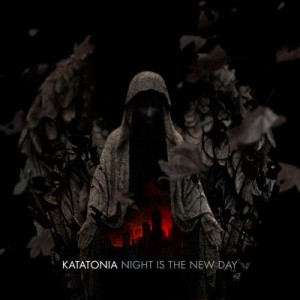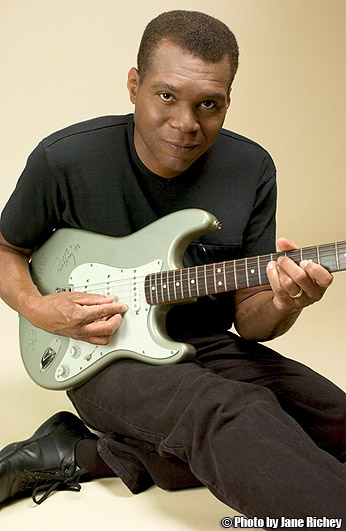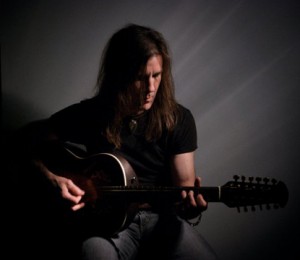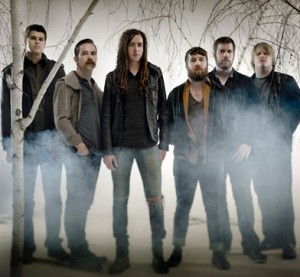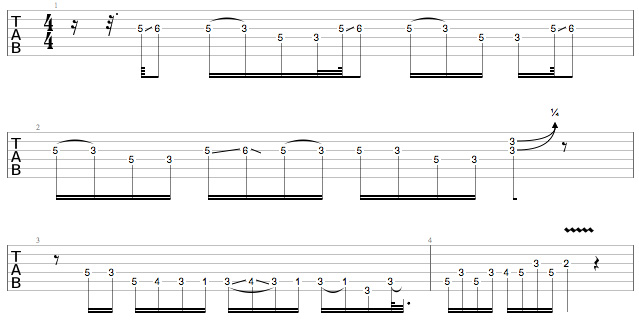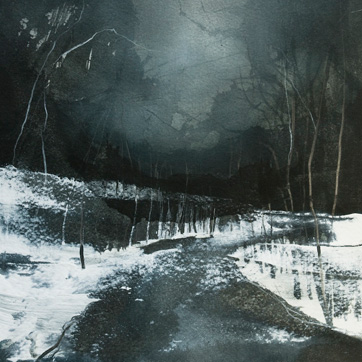 As one of the greatest bands you’ve probably never heard of, Agalloch has been changing the landscape of the metal genre since their formation in Portland, Oregon in 1995. While their discography is limited to four full-length albums and a handful of EP’s, their work is thought-provoking, beautifully crafted, and innovative.
As one of the greatest bands you’ve probably never heard of, Agalloch has been changing the landscape of the metal genre since their formation in Portland, Oregon in 1995. While their discography is limited to four full-length albums and a handful of EP’s, their work is thought-provoking, beautifully crafted, and innovative.
Stemming from early roots in black metal with the self-released 1997 EP, From Which of This Oak, they have consistently evolved their sound with each subsequent album. Unlike many of their black metal contemporaries, Agalloch does not worship Satan, rather, they have a reverence for nature which conveys itself both lyrically and musically. Impossible to classify into one genre, Agalloch’s hybridization of the black metal, dark folk, post-rock, and atmospheric genres has culminated in their latest release, Marrow of the Spirit.
Released in late November, the album immediately garnered high praise from National Public Radio, and was named one of their Top 50 Albums of 2010. For those who have followed Agalloch’s earlier work, it will be clear that Marrow of the Spirit draws influences not only from other genres, but from their own catalogue as well. Having stated a desire to return to their more organic and unpolished beginnings, Agalloch eschewed modern digital recording techniques for this outing, and seems to have borrowed from the success of their 1999 album, Pale Folklore, while adding a new sense of refinement.
Having proven themselves masters of atmosphere on their second full-length release The Mantle, certain areas of the new album echo those strengths. However, this is not to say that Marrow of the Spirit is purely cultivated from past work. It is a unique album that attempts to gather the strongest elements of each previous Agalloch release while remaining progressive. Listeners will note that the album is only six tracks long, with four of them lasting well over ten minutes. The length of the compositions lend themselves to the atmosphere of burdened self-reflection and woe, and set a penetrating and snowy mood perfect for many wintertime listenings.
The album opens with the sounds of a flowing river and chirping birds, providing the serene background for a gorgeous and melancholy cello track, ‘They Escaped the Weight of Darkness.’ This bleak, yet beautiful piece is followed with the hissing and aggressive ‘Into the Painted Gray.’ Nearly thirteen minutes long, their use of analog recording is most obvious here, and the blast beats from new drummer Aesop Dekker veer off into indiscernible territory at times. Though it may have benefited from having the drums a bit lower in the mix, ‘Into The Painted Gray’ is still a powerful track.
Acoustic strumming and an unadorned drum groove open the next track, ‘The Watcher’s Monolith,’ which navigates many dynamic and meter changes in the course of eleven minutes. Listeners of Agalloch’s previous work will recognize familiar progressions here, and it’s clear the band has come to realize what chords best fit the atmosphere they wish to create. John Haughm’s whispering rasp is used for close to the album’s entirety, but for a few moments in ‘The Watcher’s Monolith,’ we hear his clean vocals, which create a stunning new atmosphere for the track. However, the centerpiece of Marrow of the Spirit is undoubtedly the next song: ‘Black Lake Niðstång.’
The longest track on the album, it is a 17-minute funeral march into the darkest corners of despair and hopelessness. Haughm’s anguished screams break through the devastating curtain of instrumentation after almost seven minutes, with a wail so raw and visceral it tears into the listener with painful intensity. Following this section of pure emotion, the song calms down into a familiar gloom before gaining momentum for one final throe into inescapable depression.
The album continues with ‘Ghosts of the Midwinter Fires,’ which instantly captivates listeners with clean, melodic guitar playing and uninhibited, tasteful drumming from Aesop Dekker. Guitarist Don Anderson and bassist Jason Walton also play an integral role throughout the entire album, performing impeccably and offering full support to each song. Powerful and deeply folk-inspired, ‘Ghosts’ strikes a balance between black and folk metal that seemingly brings the listener back into the light after pulling them through the depths of utter darkness with previous tracks.
Closing with ‘To Drown,’ the melancholy cello returns, but unlike the opening track, the overall mood for this piece is far more apocalyptic and heavy. As the ten-minute song comes to a close, the listener is left feeling as though they have survived a journey through the most painful and desolate nights of winter.
A band that is constantly blending genres both within and outside of metal, Agalloch has established their signature sound with Marrow of the Spirit. Taking risks with lengthy songs and analog recording methods, they have shown that despite their success, they are unwilling to compromise their authenticity with glossy production value. While there are some moments where Agalloch seems to be falling back on the prowess of their previous work, devoted fans and new listeners alike will surely find this album to be masterful in its own right. Marrow of the Spirit pushes preconceived notions of black metal aside without abandoning the dark and mournful atmosphere that has come to define Agalloch’s sound.
Author’s Note: While their performances on the East Coast are rare, they have announced a brief tour that will begin this March. A list of these dates can be found on www.myspace.com/agalloch.



